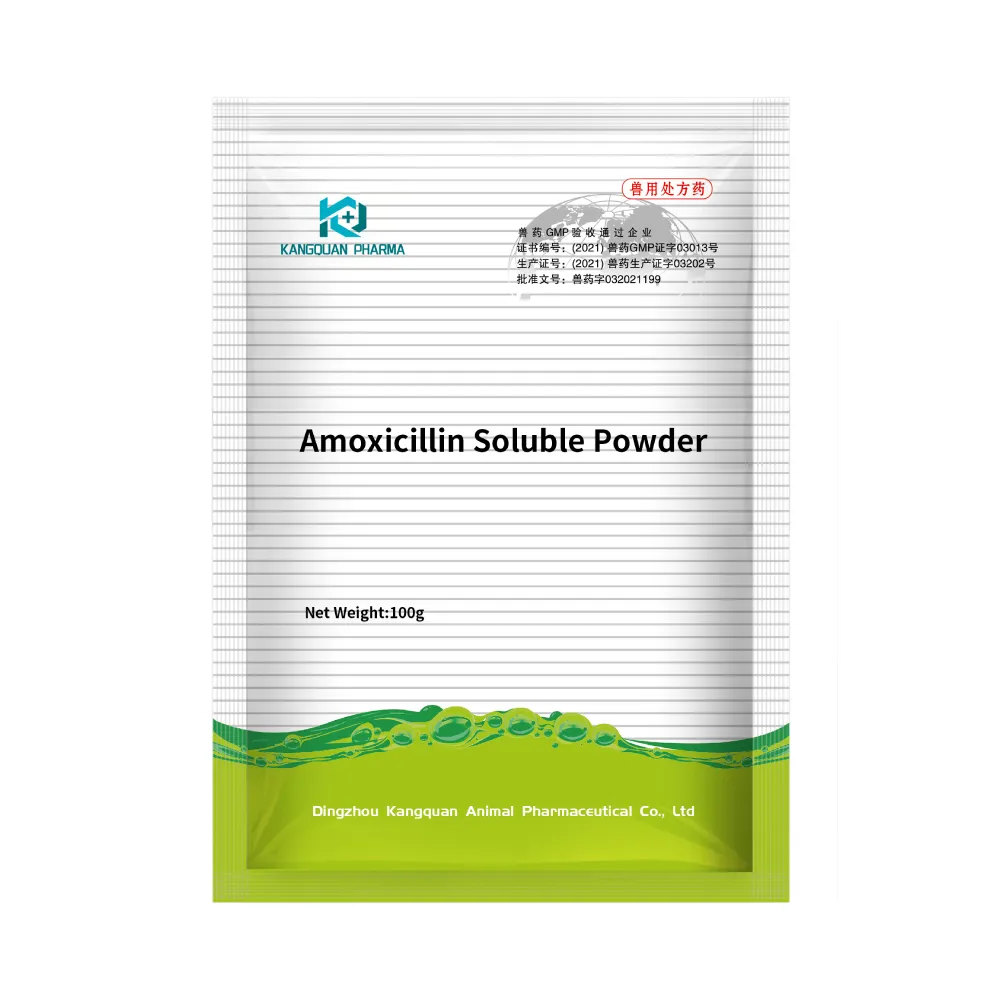- Afrikaans
- Albanian
- Amharic
- Arabic
- Armenian
- Azerbaijani
- Basque
- Belarusian
- Bengali
- Bosnian
- Bulgarian
- Catalan
- Cebuano
- Corsican
- Croatian
- Czech
- Danish
- Dutch
- English
- Esperanto
- Estonian
- Finnish
- French
- Frisian
- Galician
- Georgian
- German
- Greek
- Gujarati
- Haitian Creole
- hausa
- hawaiian
- Hebrew
- Hindi
- Miao
- Hungarian
- Icelandic
- igbo
- Indonesian
- irish
- Italian
- Japanese
- Javanese
- Kannada
- kazakh
- Khmer
- Rwandese
- Korean
- Kurdish
- Kyrgyz
- Lao
- Latin
- Latvian
- Lithuanian
- Luxembourgish
- Macedonian
- Malgashi
- Malay
- Malayalam
- Maltese
- Maori
- Marathi
- Mongolian
- Myanmar
- Nepali
- Norwegian
- Norwegian
- Occitan
- Pashto
- Persian
- Polish
- Portuguese
- Punjabi
- Romanian
- Russian
- Samoan
- Scottish Gaelic
- Serbian
- Sesotho
- Shona
- Sindhi
- Sinhala
- Slovak
- Slovenian
- Somali
- Spanish
- Sundanese
- Swahili
- Swedish
- Tagalog
- Tajik
- Tamil
- Tatar
- Telugu
- Thai
- Turkish
- Turkmen
- Ukrainian
- Urdu
- Uighur
- Uzbek
- Vietnamese
- Welsh
- Bantu
- Yiddish
- Yoruba
- Zulu
Nov . 06, 2024 13:48 Back to list
animal disinfectant
Animal Disinfectant Ensuring Health and Hygiene in Animal Care
Disinfection plays a critical role in maintaining the health and hygiene of animals, whether in veterinary clinics, farms, zoos, or research facilities. Animal disinfectants are specially formulated products designed to eliminate harmful pathogens, including bacteria, viruses, and fungi, which can cause diseases in animals and even humans. The importance of effective animal disinfectants cannot be overstated, as they are essential in preventing the spread of infectious diseases and ensuring the well-being of animal populations and their caretakers.
One of the primary reasons for using disinfectants in animal care is to control zoonotic diseases, which are diseases that can be transmitted from animals to humans. Common examples of zoonotic diseases include rabies, avian influenza, and leptospirosis. By regularly disinfecting surfaces, equipment, and housing areas, the risk of these diseases spreading can be significantly reduced. This is especially important in environments with high animal density, such as farms and shelters, where the likelihood of disease outbreaks is greater.
The selection of appropriate disinfectants is crucial for effective disease control. Different disinfectants have varying active ingredients, modes of action, and levels of efficacy against specific pathogens. Some commonly used disinfectants include quaternary ammonium compounds, hydrogen peroxide, sodium hypochlorite, and phenolic compounds. When choosing a disinfectant, factors such as the type of animal, the specific pathogens to be targeted, and the surface materials being treated must all be taken into account.
animal disinfectant

In addition to effectiveness, safety is a paramount concern when using disinfectants around animals. Some disinfectants can be toxic or irritating to animals if not properly diluted or used according to the manufacturer's instructions. Therefore, it is essential for caretakers to receive proper training on how to use these products safely. Personal protective equipment (PPE) should also be employed to minimize the risk of exposure to both helpers and the animals themselves.
Furthermore, proper cleaning protocols should be established in conjunction with disinfection practices. Before applying disinfectants, surfaces should be thoroughly cleaned to remove dirt, organic matter, and organic residues, as these can inhibit the disinfectant's effectiveness. This two-step process of cleaning and disinfecting ensures a higher level of hygiene and a more robust defense against pathogens.
Finally, regular monitoring and evaluation of disinfection protocols are vital. Keeping records of disinfection activities, including dates, products used, and areas treated, can help identify potential gaps in the cleaning regimen and ensure compliance with recommended practices.
In conclusion, animal disinfectants are invaluable tools in promoting health and hygiene within animal care settings. By effectively using these products, caretakers can help mitigate disease transmission, protect not only animal health but also public health, and ensure a safer environment for everyone involved. As the understanding of infectious diseases continues to evolve, so too must our approaches to cleaning and disinfection to keep pace with new challenges in animal care.
-
Guide to Oxytetracycline Injection
NewsMar.27,2025
-
Guide to Colistin Sulphate
NewsMar.27,2025
-
Gentamicin Sulfate: Uses, Price, And Key Information
NewsMar.27,2025
-
Enrofloxacin Injection: Uses, Price, And Supplier Information
NewsMar.27,2025
-
Dexamethasone Sodium Phosphate Injection: Uses, Price, And Key Information
NewsMar.27,2025
-
Albendazole Tablet: Uses, Dosage, Cost, And Key Information
NewsMar.27,2025













